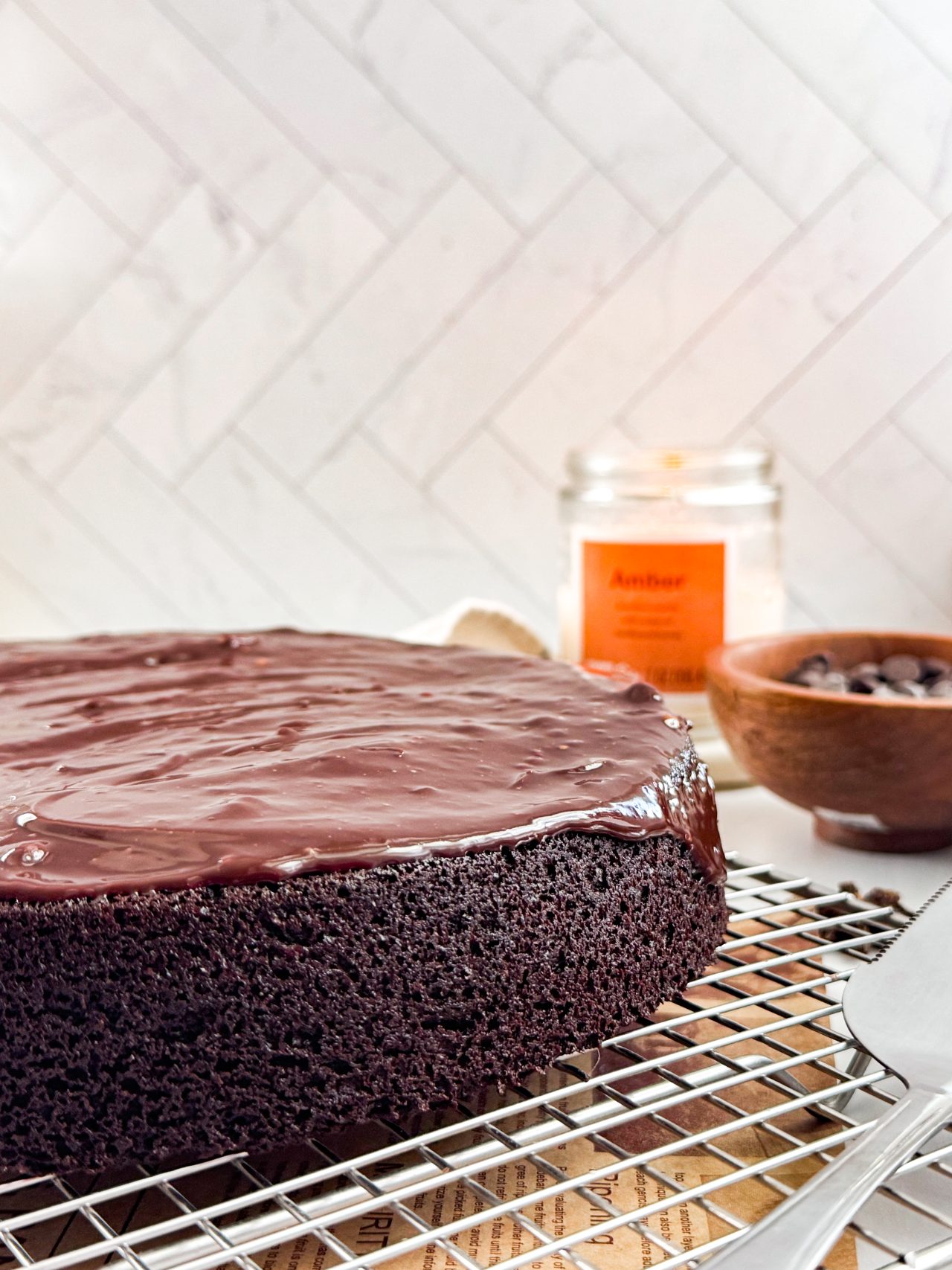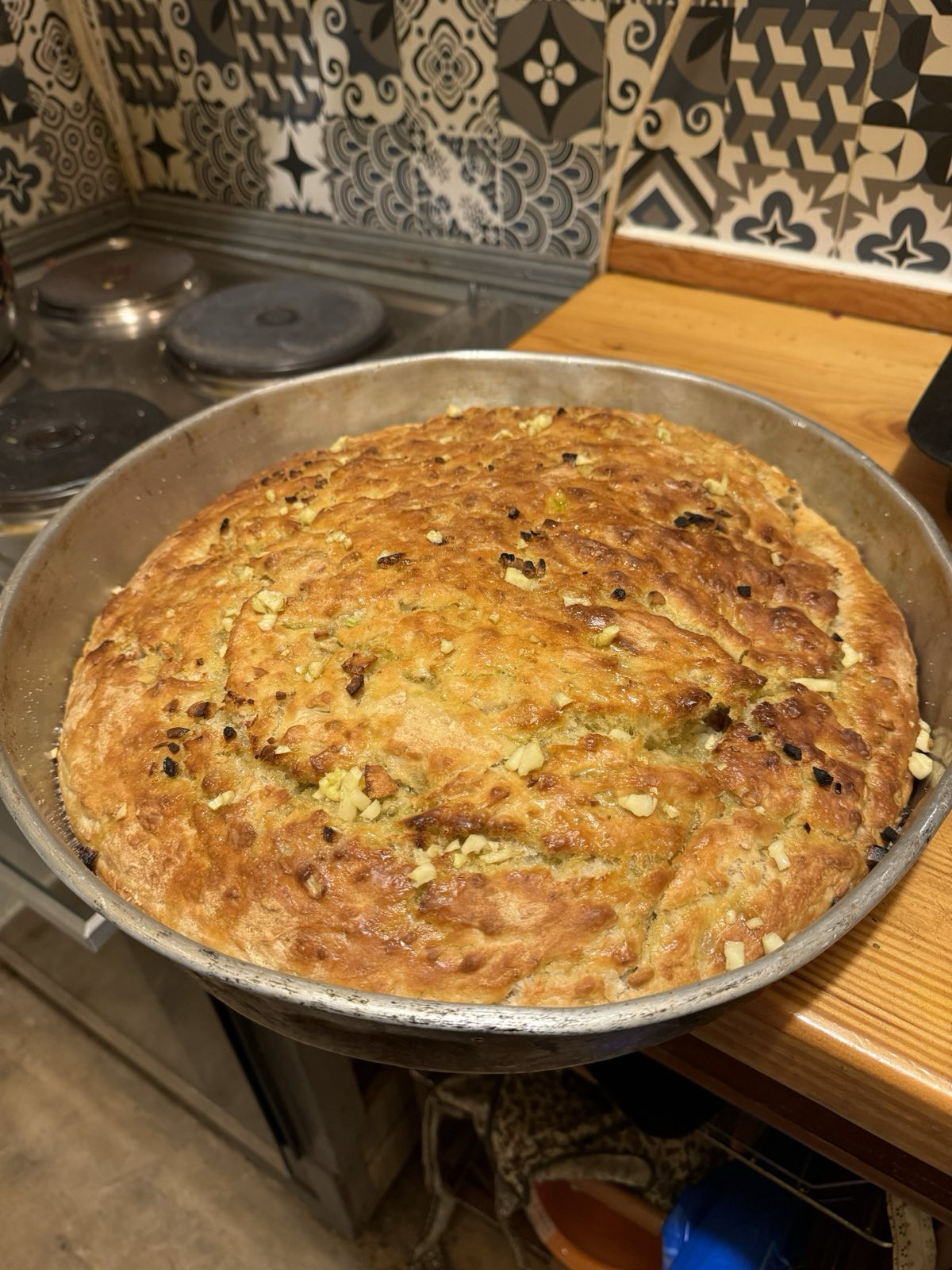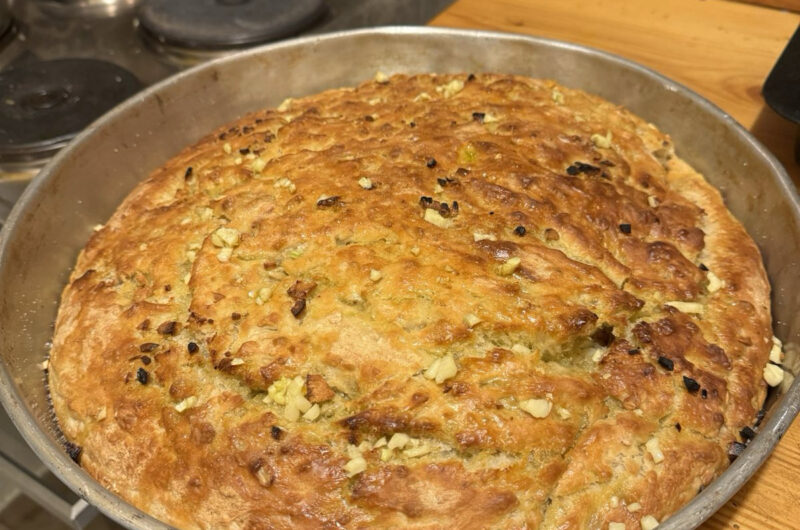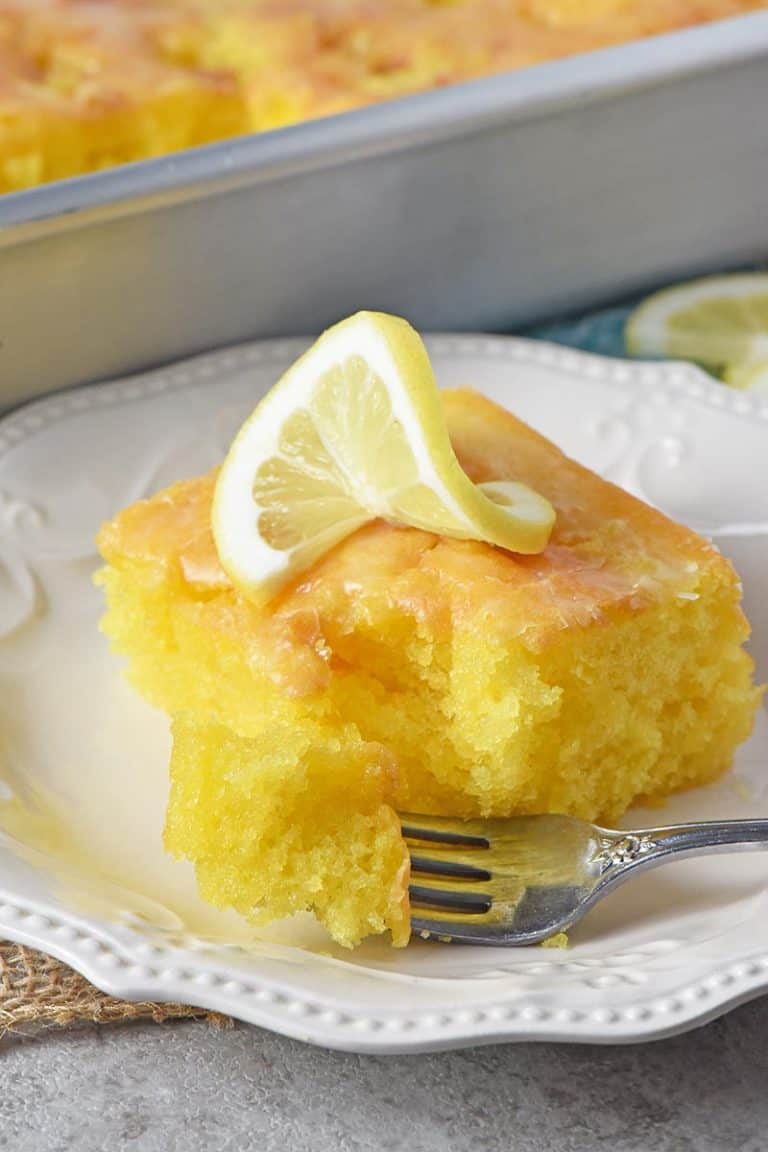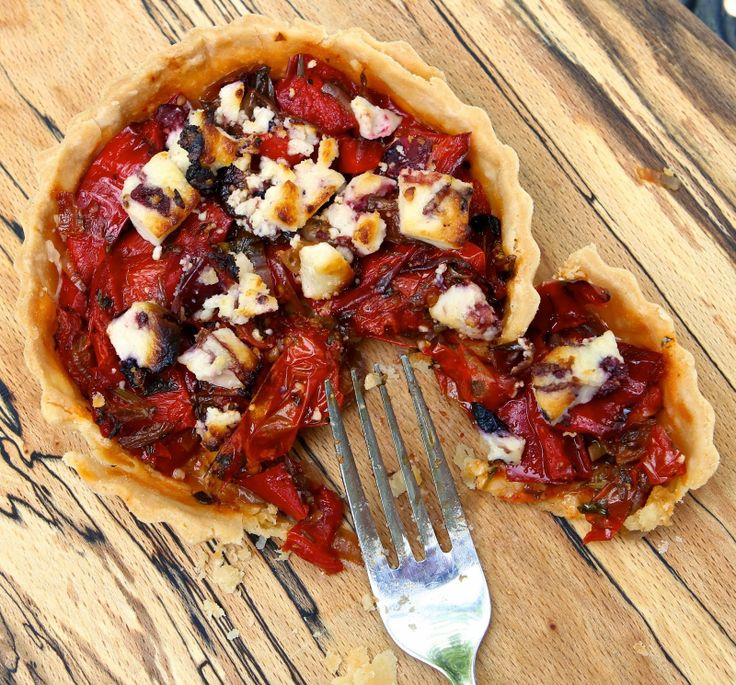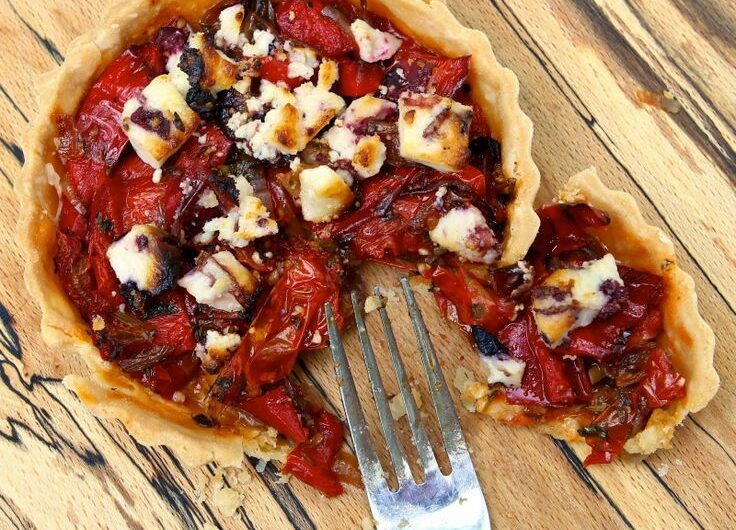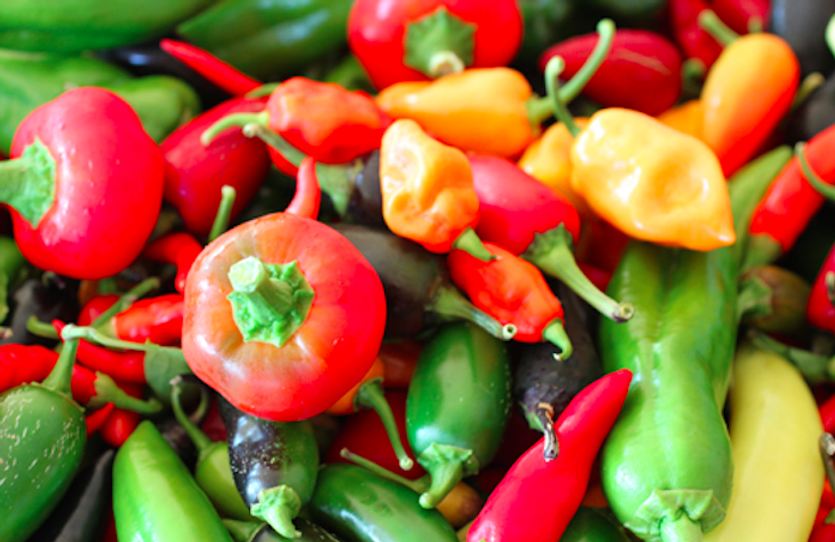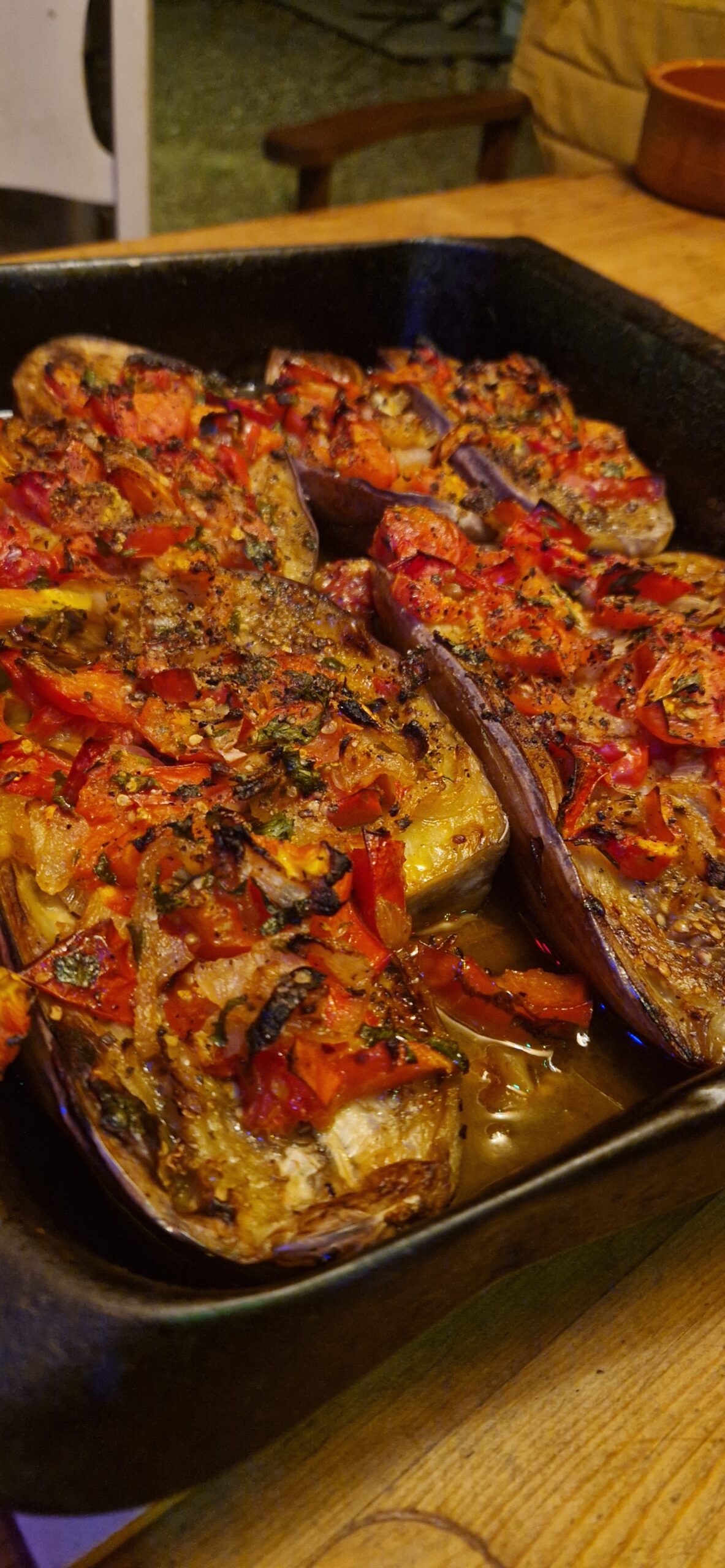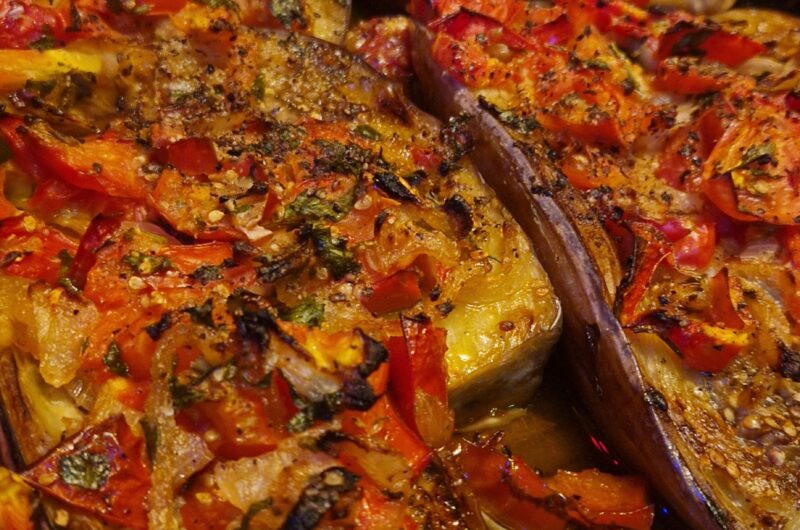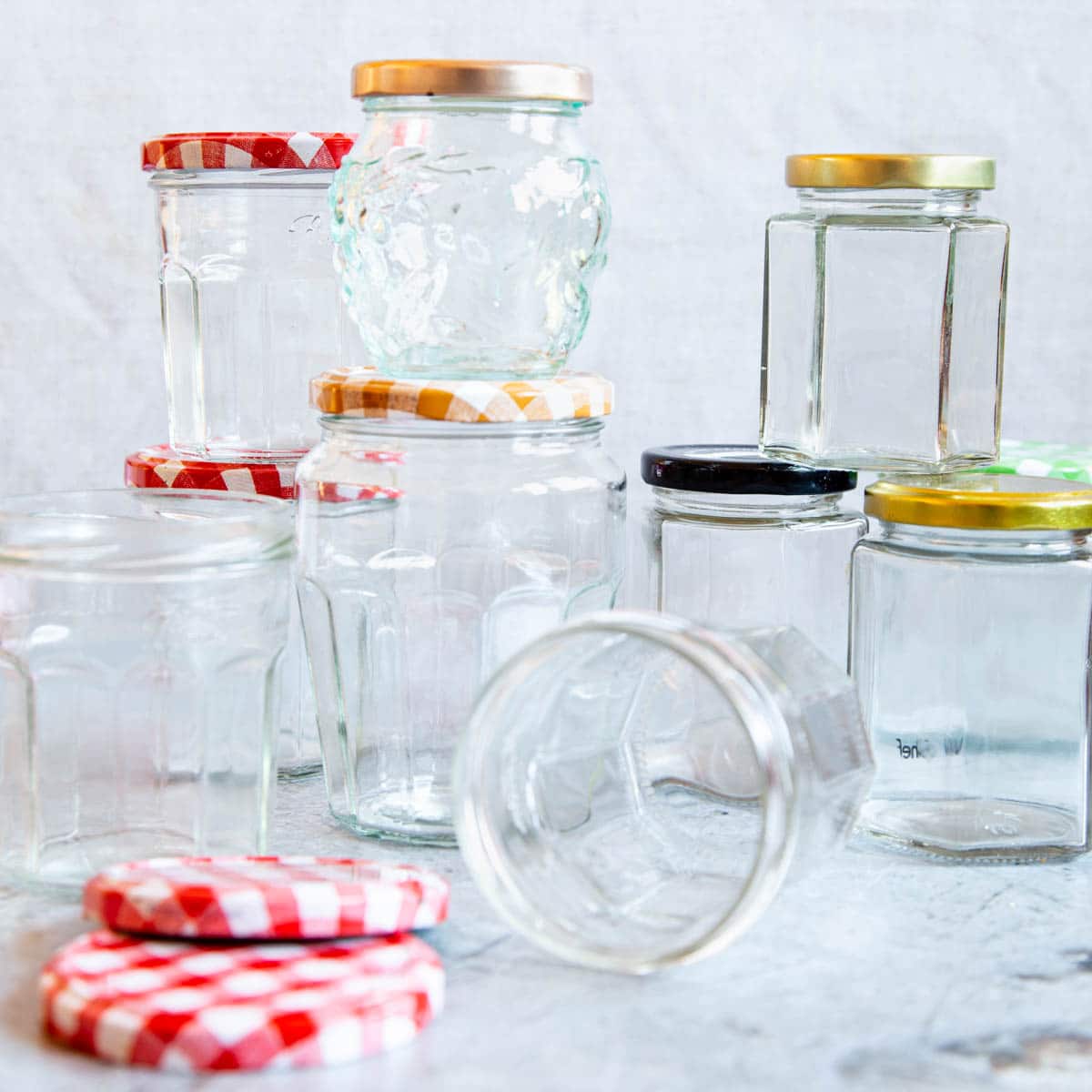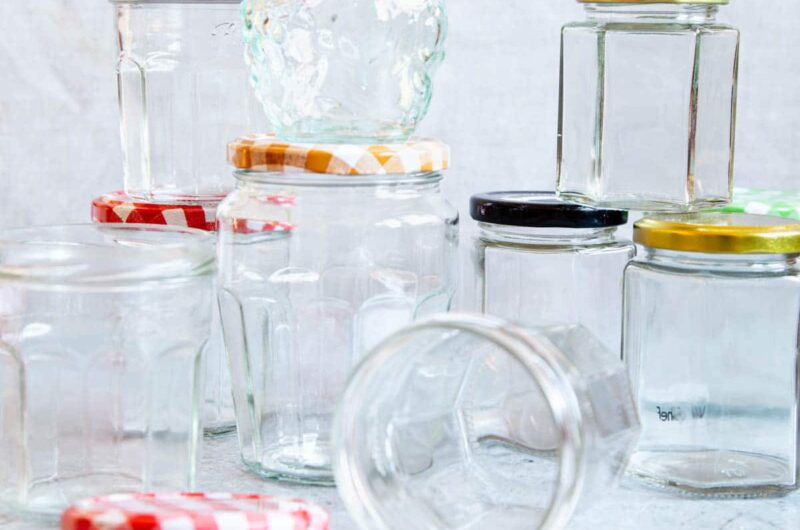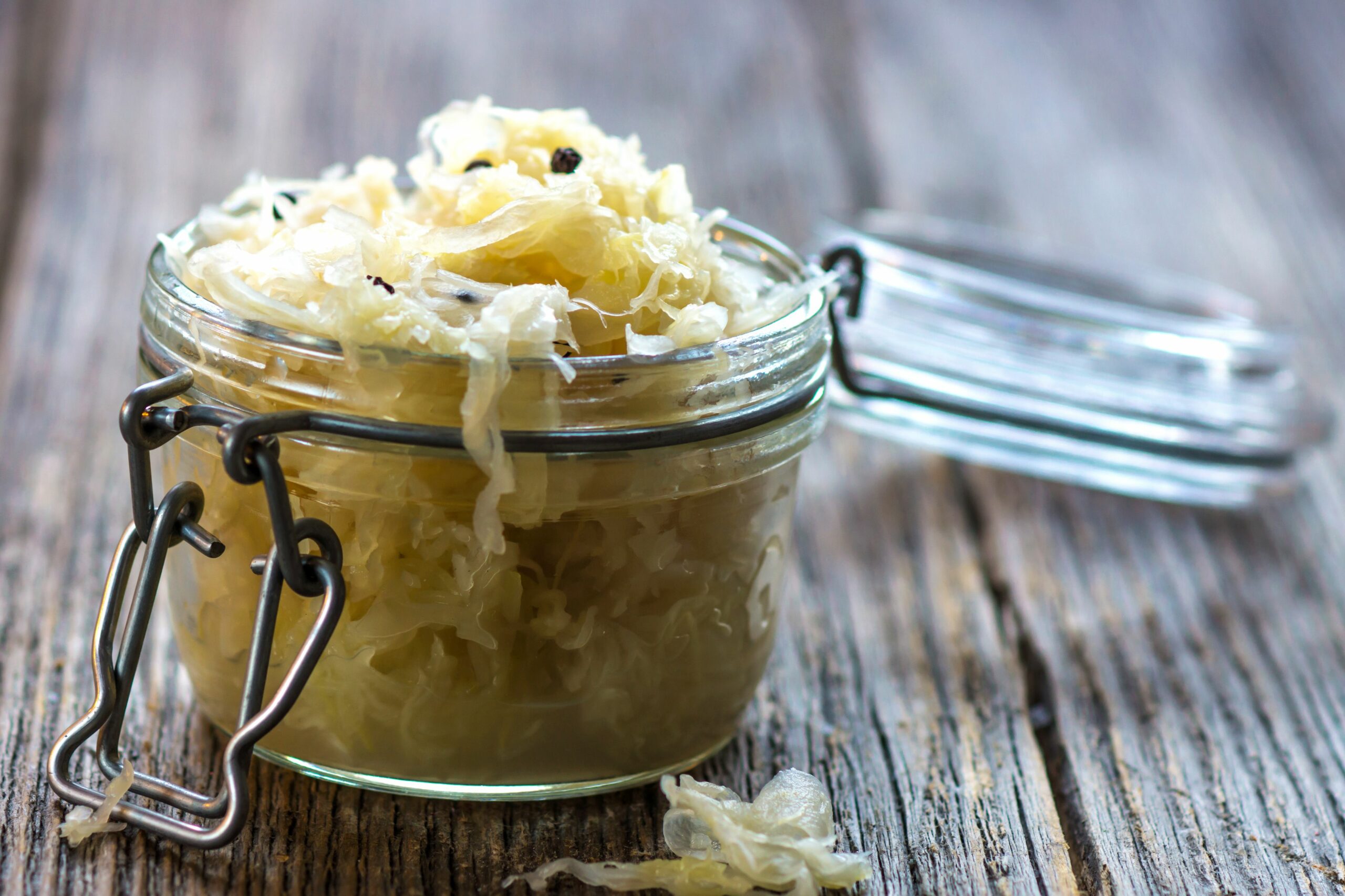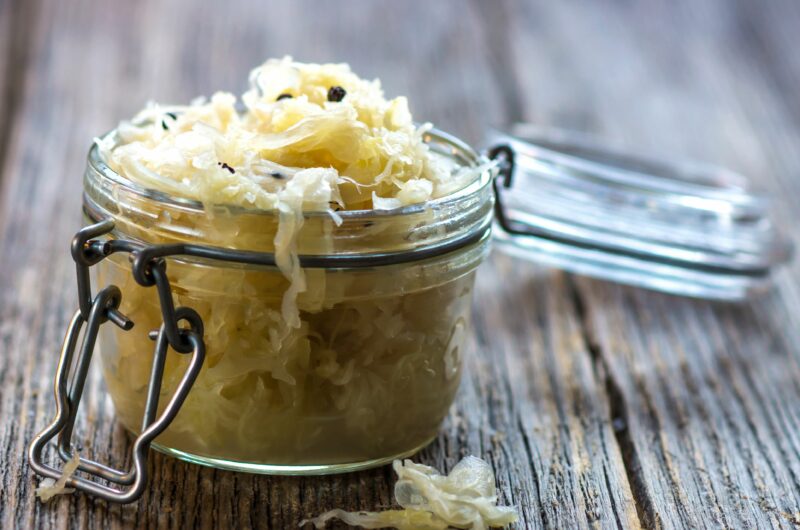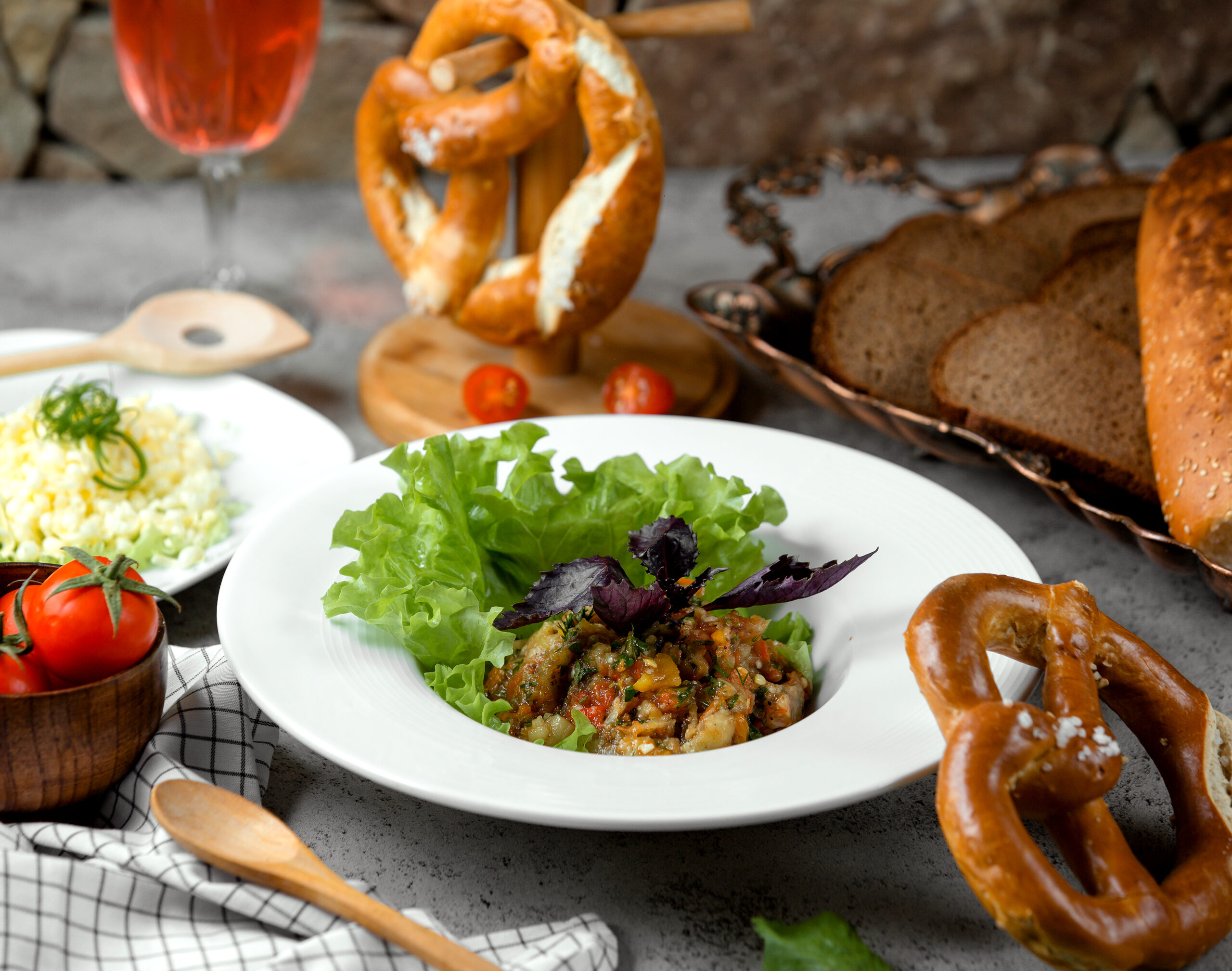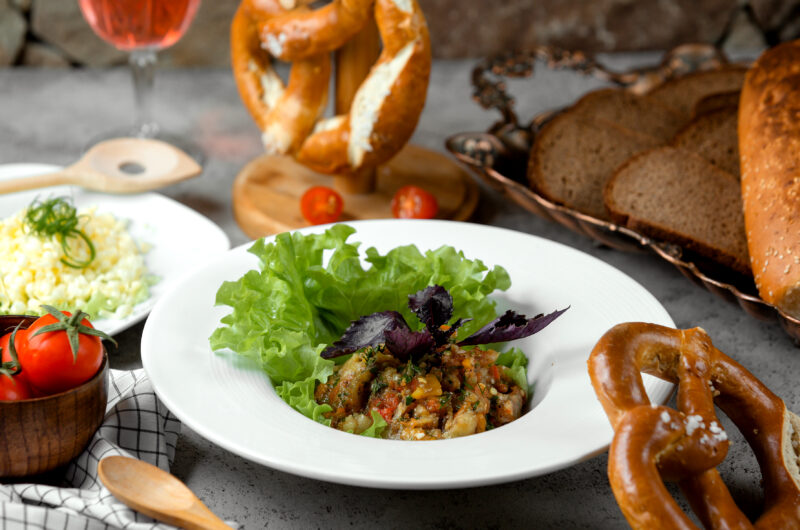Louise’s rainy day cacao cake
25
servingsIngredients
525 grams sugar
263 grams flour
6 tablespoons cocoa powder
1.5 tablespoons baking powder
375 grams butter (or margarine or 250 grams sunflower oil)
5 eggs
3 deciliters boiling water (or milk or juice)
Directions
- Preheat the oven to 175c hot air setting
- Mix sugar, flour, cocoa and baking powder in a bowl
- Melt the butter (just melted, not too hot)
- Add melted butter, eggs and boiling water with the dry ingredients while mixing. Make sure the batter is not too clumpy
- Grease the pan with oil or margarine, and add the bater to the pan
- Bake for 25-35 minutes depending on the oven. Check with a fork to see it it’s done. Soft crumbs = done, wet dough = more time. Enjoy!
